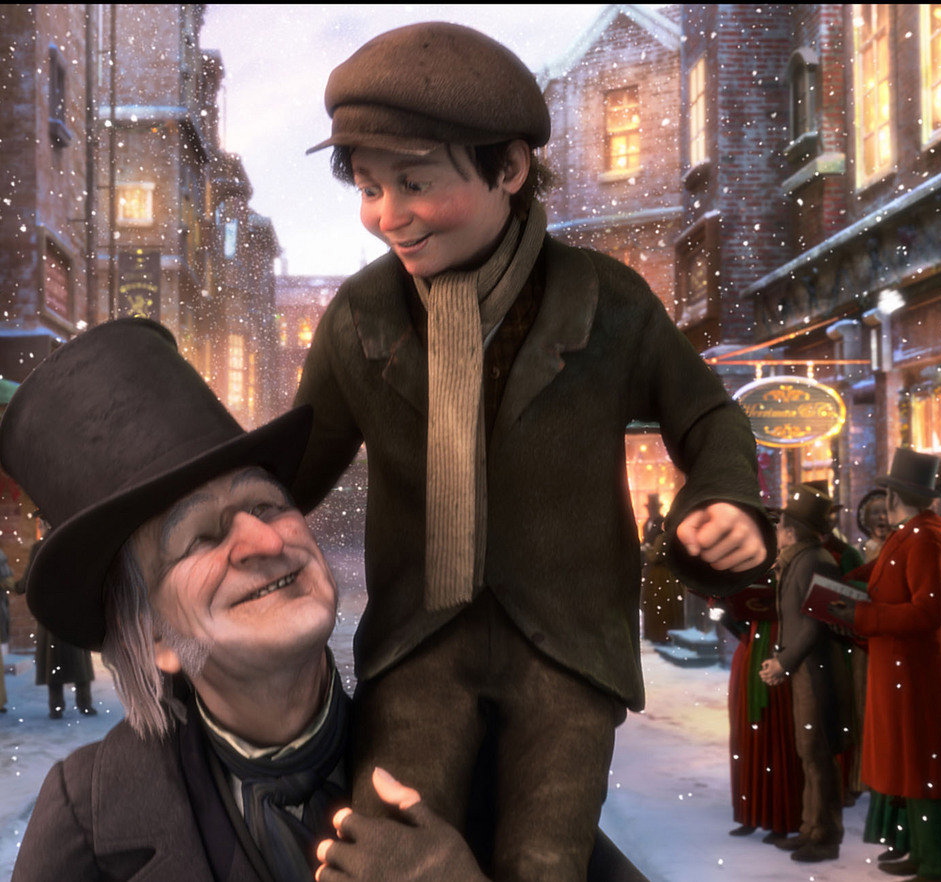The Other Side of the Glass
I have been calling up a vague memory from my childhood.
A scene from a movie version of Charles Dickens’ A Christmas Carol. The recollection is fuzzy: was it Tiny Tim eyeing cakes or some such thing through a store window… or was he glancing through a more ordinary window at people gathered around a warm meal, he alone and the diners engaged in congenial companionship?
No matter—the rub is the same: this is a picture (a cliché really) of life from the other side of the glass.
*****
Frank: sitting in a prison cell, 40 years old, locked up for a crime he has no memory of and may not have committed as a 16 year-old (“I was drinking heavily at a party”).
He also writes:
“I’ve been around addicts my entire life. I had a drug and alcohol addiction by the time I was 12 years old. I was able to stop on my own about 7 years after coming to prison. I’m always telling my friends in here that they should stop and can if they really want to.”
And:
“Over the years, I’ve seen guys try everything and anything to get drugs in prison. I’ve seen what it has done to them, their families, and their victims.”
Frank is serving life without parole. (“It’s really hard to get anyone to help.”)
*****
Sean is a heroin addict. A friend of my daughter, he is accused of mailing her the drugs that killed her. According to Sean’s dad, when he learned she had died, he cried for two days.
Sean: sitting in a Polk County jail cell in North Carolina, extradited from Philadelphia, facing a 55-year sentence for murder.
Sean writes:
“Although the charges I am facing are very serious, my incarceration is not the tragedy here. The real tragedy, which plays out every night in homes in every town, city, and county on the globe, is addiction.”
He’s right.
*****
Catherine writes:
“My son, Michael, also died from a drug overdose in January of 2012. He was with his friends that night at the home of a young man he had grown up with, John. Michael’s father was so angry and did everything in his power to see that John would be prosecuted to the fullest extent of the law. But I felt the same way you do about the other person involved, he had a disease and needed help not jail.”
She goes on:
“In October of 2013 while in the County Correction Center John committed suicide. The pain I felt when I heard the news was just unbearable.”
*****
Frank, Sean, and Catherine: we share life on the other side of the glass.
*****
From The New York Times on 400 people “who had been jailed at least 18 times in the last five years, accounting for over 10,000 jail admissions in that period”:
“21 percent were severely mentally ill, meaning they had diseases like schizophrenia or bipolar disorder; and 99 percent had a substance abuse problem.”
That’s not a typo: 99 percent.
*****
At the end of A Christmas Carol, Scrooge has an awakening. He showers Tiny Tim (he of the other side of the glass) and his family with largesse. It’s a moment when the boundaries between people are erased… a moment when “us and them” gives way to “us.”
Scrooge found compassion, and it makes all the difference.
*****
The opening sentence of that article in The New York Times:
“In an effort to reduce the growing number of inmates with mental health and substance abuse problems in New York City’s jails, the administration of Mayor Bill de Blasio announced plans on Monday to significantly expand public health services at almost every step of the criminal justice process.”
Another awakening.
*****
Frank, Sean, and Catherine: we’re still here, on our side of the glass—that may never change. But in our (and others) awakening to compassion, a Dickensian happy ending becomes… perhaps… at least imaginable.



